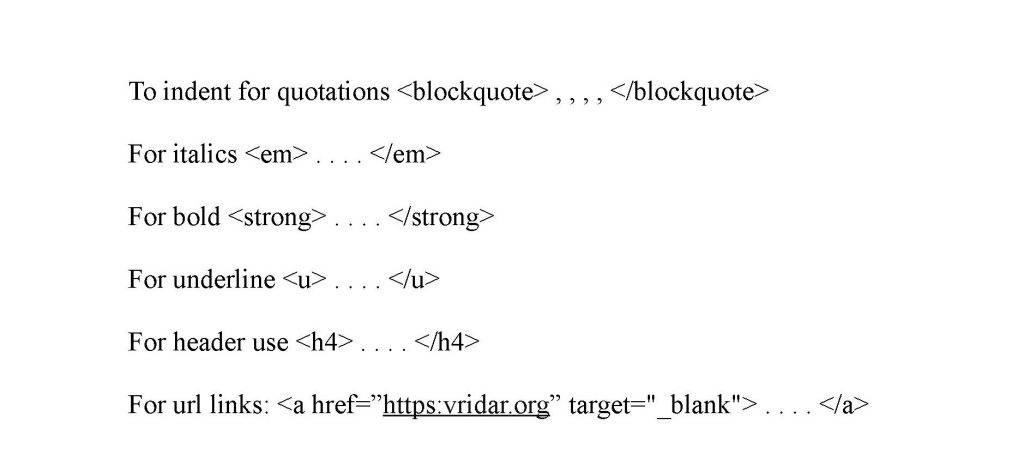I discovered a cache of printouts from way back in the late 90s and early 00’s that I am steadily digitising for my files. But I have run into a problem with one 15 page essay that is without author name, without website, …. nothing to tell me who is its creator. I know Michael Turton was some time ago very interested in Markan chiasms so may it was by you, Michael.
I copy here the first page. Please let me know who was responsible for this composition if you can:
Mark Points a Finger at Paul: The Structure of Chiasms in Mark
Introduction
One of the most challenging problems of the Gospel of Mark is perceiving the complex organizational structures that underlie the writer’s deceptively simple surface. The writer of the Gospel of Mark is obviously intimately familiar with the Tanakh, citing and alluding to it scores of times, as well as using its stories as models for his own narrative of Jesus. Given the depth of knowledge he displays about the Tanakh, as well as the ubiquity of chiasms in Hellenistic literary traditions, it seems incredible that the writer of Mark was unaware of the way chiastic structures organize even the shorter material in the Tanakh. This essay will argue that, in essence, the writer of Mark organized his shorter passages in complex chiastic structures fundamentally similar to, but far more elaborated than, the chiasms in the Tanakh.
Numerous scholars have grappled with the problem, finding chiastic structures in and between passages (Beavis, 1989; Dart, 2003; Myers, 1988; Tolbert, 1989) [ and ]
In this essay I will (1) propose a general model of chiastic structures in the Gospel of Mark; and (2) explore what this might mean for Markan priority; and (3) use a chiasm in Mark 12 to show that the writer of Mark knew and directly used the letters of Paul in constructing his gospel.
How Markan Chiasms Work
Although it goes under numerous names[ list them], a chiasm is fundamentally a structure of pairs that rolls out, ABC, and then rolls back up, CBA. It often pivots around a central idea or line. Varying in size, chiasms may consist of single words, lines, several parts of a single text, or the entire text itself. For example, a common chiastic form found in both the Old and New Testament is also one of the simplest, ABB’A’. In Mark this form is found as well. For example, Mark 2:27 states: And he said to them, “The sabbath was made for man, not man for the Sabbath ” where the ABBA format is a set of paired keywords: Sabbath-Man-Man-Sabbath. In addition to single verses, a structure like this might extend across several verses. For example, the pericope of Mark 7:24-30 has an ABB’A’ keyword sequence at its heart:
A let the children be fed!
B it’s not right to give good food to dogs B’ but even dogs under the table A’ eat the children’s crumbs
Like this:
Like Loading...




